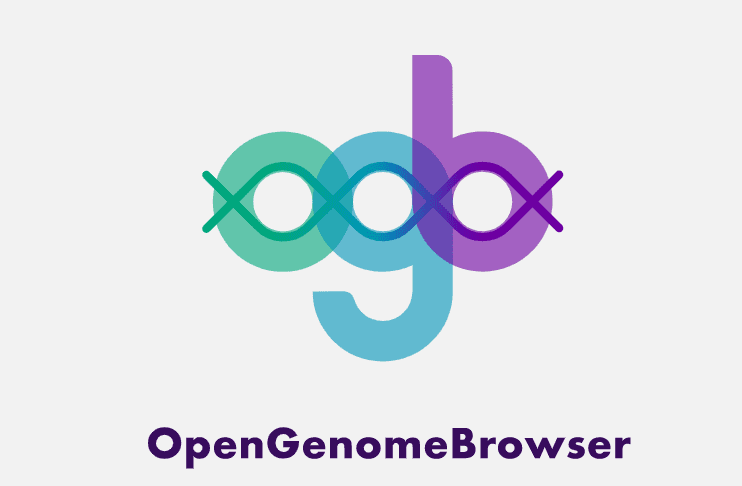The OpenGenomeBrowser, developed by researchers from the University of Bern, is a web platform that allows researchers to manage and analyze microbial genome data, including DNA sequences, annotations, and variation data. It is versatile, able to handle a range of data types, dataset-independent, able to work with any genome data regardless of source or format, and scalable, able to handle large datasets. These features make it a useful tool for genome data management and comparative genomics.
Genome data management and comparative genomics are essential tools in modern biology research.
Genomic data management and data exploration platforms have traditionally been developed independently for specific datasets, leading to heterogeneity in user interfaces and limited functionality. OpenGenomeBrowser is a self-hostable, open-source platform based on Django that addresses these issues by providing a user-friendly, dataset-independent platform with a range of features for genome data management and exploration. It is compatible with all modern browser engines and is designed to be highly user-friendly.
Present like a Pro! ExpertSlides – The secret weapon for your presentations!
OpenGenomeBrowser is a unique platform that allows users to perform comparative genomics without being limited to a specific dataset. It includes features that automate common bioinformatics workflows, making it easy for non-bioinformaticians to explore and analyze data in a user-friendly manner.
One of the main features of the OpenGenomeBrowser is its versatility. It is designed to handle a wide range of genome data types, including DNA sequences, annotations, and variation data. This makes it a valuable resource for researchers working on a variety of projects, from gene expression studies to evolutionary analyses.
In addition to its versatility, the OpenGenomeBrowser is also dataset-independent. This means that it can be used with any genome data, regardless of the source or format. This is particularly useful for comparative genomics, as it allows researchers to compare and analyze data from multiple sources easily.
Another key feature of the OpenGenomeBrowser is its scalability. It is designed to handle large datasets, making it an ideal platform for genome-wide analyses. This is especially important as genome data continues to grow at a rapid pace, and researchers need tools that can keep up with the increasing volume of data.
Conclusion:
OpenGenomeBrowser is an open-source platform that can be useful for a wide range of researchers and organizations involved in genome sequencing projects. It has the potential to save development costs, make data more FAIR (Findable, Accessible, Interoperable, Reusable), and replace older platforms that may be more difficult to maintain. The open-source nature of the platform means that new features and adaptations can be made available to the whole community, and any problems can be quickly identified and fixed by the community. This makes OpenGenomeBrowser a sustainable platform that a large and diverse community can use.
Article Source: Paper Reference | OpenGenomeBrowser
Learn More:
Top Bioinformatics Books ↗
Learn more to get deeper insights into the field of bioinformatics.
Top Free Online Bioinformatics Courses ↗
Freely available courses to learn each and every aspect of bioinformatics.
Latest Bioinformatics Breakthroughs ↗
Stay updated with the latest discoveries in the field of bioinformatics.
Dr. Tamanna Anwar is a Scientist and Co-founder of the Centre of Bioinformatics Research and Technology (CBIRT). She is a passionate bioinformatics scientist and a visionary entrepreneur. Dr. Tamanna has worked as a Young Scientist at Jawaharlal Nehru University, New Delhi. She has also worked as a Postdoctoral Fellow at the University of Saskatchewan, Canada. She has several scientific research publications in high-impact research journals. Her latest endeavor is the development of a platform that acts as a one-stop solution for all bioinformatics related information as well as developing a bioinformatics news portal to report cutting-edge bioinformatics breakthroughs.






